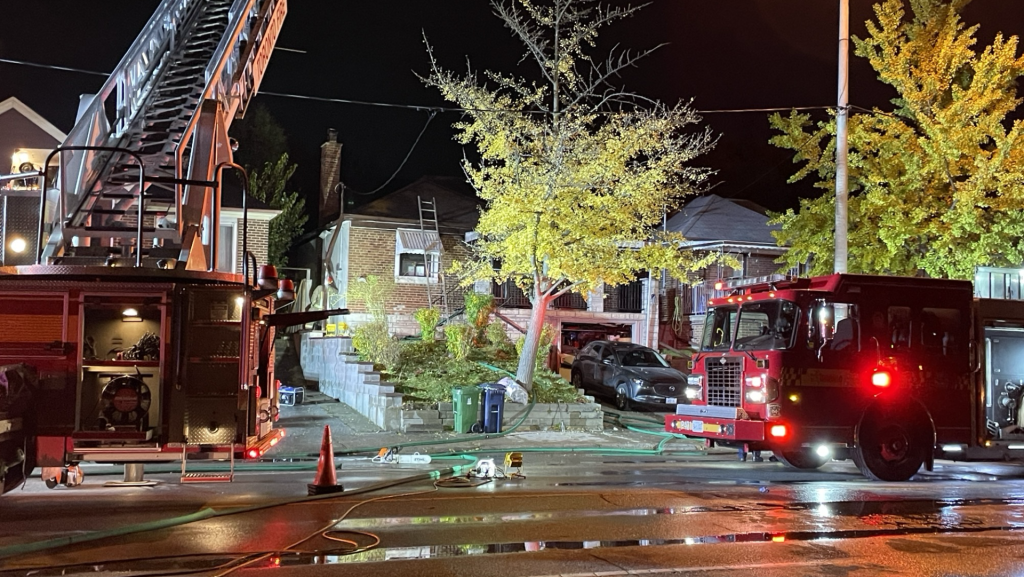Toronto police struggle to explain disturbing spike in October homicides
Posted November 5, 2021 8:38 am.
Last Updated November 5, 2021 6:23 pm.
Is deteriorating mental health from the COVID-19 pandemic a factor in the recent spike in homicides in Toronto?
Toronto police Chief James Ramer posited that theory during a news conference Friday where police tried to make sense of a particularly bloody October that saw 11 people killed in the city — eight of them shot to death.
“One of the things we are noticing, it may very well be a product of the pandemic — we are seeing an increase in homicides where we are seeing a mental health component. And that, frankly, has been a dramatic increase for us,” Ramer said from police headquarters.
“I think that’s one of the biggest differences we are seeing … And those events are very hard to address, hard to predict, hard to analyze, so I think that’s why we are seeing an increase this year.”
Ramer said in 2019 around 15 per cent of homicides had a mental health component. In 2021, he says that number is closer to 30 per cent.
There have been 74 homicides so far in 2021 in Toronto, compared to 61 in all of 2020. Despite that increase, Ramer tried to assuage public anxiety by noting that shootings have actually decreased by 17 per cent across the city — a number he hopes to see at 20 per cent by year’s end with the help of new dedicated shooting response teams.
Aside from mental health, Ramer cited the proliferation of guns coming across the U.S.- Canada border as an ongoing factor that’s contributing to bloodshed on Toronto’s streets.
“We live in a country with the largest undefended border with a significant gun culture in the United States… and quite frankly that’s the biggest problem we have in the city — is the volume of guns that are coming across the border.”
Insp. Hank Idsinga, Unit Commander of Homicide, was less inclined to point to a specific cause for October’s menace.
“I can’t understand why October has been so busy,” he admitted. “It’s happened before in past years for some reason before the end of October we get really busy. I really am at a loss as to why the numbers go up in October like that.”
Idsinga noted that despite a number of the murders taking place just days apart and in the same parts of the city over October, there’s currently no evidence to suggest they are connected.
“We treat them as isolated incidents until the evidence tells us otherwise,” he stressed.
He was also hesitant to define them as gang-related.
“It’s very difficult to sign the term gang-related to any particular investigation,” he said. “There’s quite a few of the shootings that we are seeing where people involved in those shootings are affiliated to gangs — whether that particular murder was motivated by that affiliation or not I think ultimately gets answered down the road in a trial in court.”
Idsinga said of the 74 homicides in Toronto so far this year, 73 per cent have been resolved. He’s hoping more homicides will be solved with the public’s help.
Chief Ramer addressed fears the public may have coming forward with information on murders, saying tips can left anonymously through Crime Stoppers.
If witnesses do come forward, “they are going to have to testify,” Ramer said. “That’s certainly an element that does discourage people, that’s why we have things like Crime Stoppers.”








